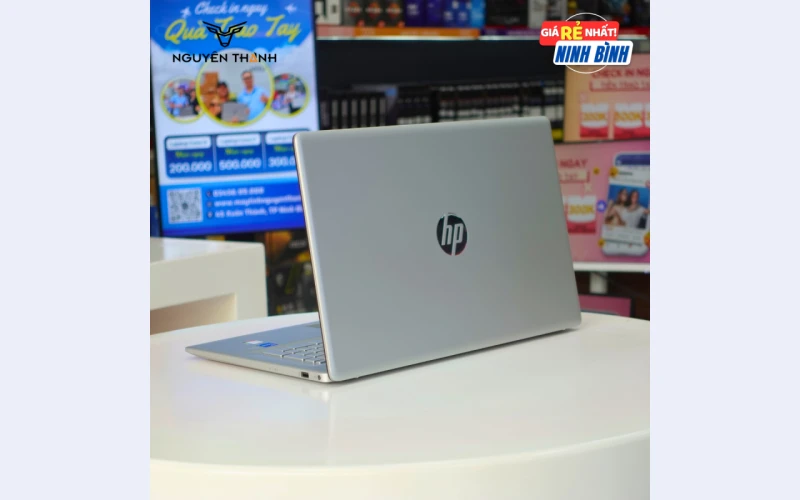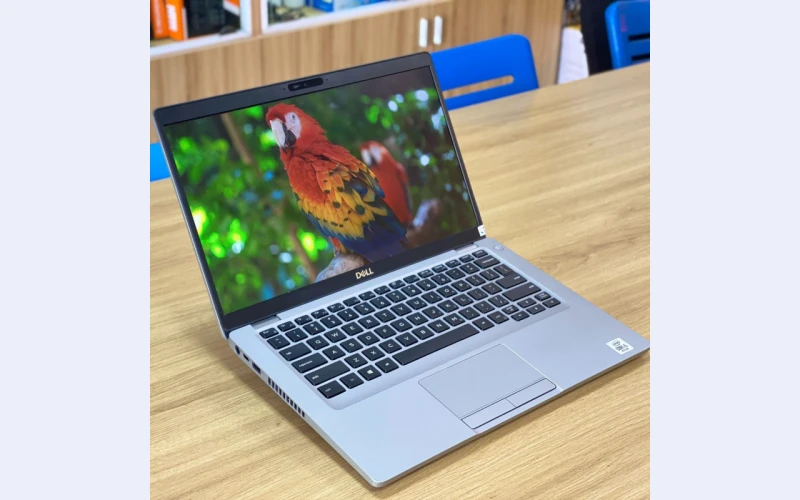- All Ads
- Automotive Services
- Cleaning Services
- Computer & Tech Help
- Construction Services
- Creative & Design Services
- Events Services
- Education & Training
- Health & Beauty Services
- Home Services
- Insurance & Financial Services
- Lawn & Garden Services
- Legal Services
- Moving & Storage Services
- Office Services
- Pet Services
- Photo Services
- Qualified Trainers
- Recruitment & HR Services
- Translation Services
- Web Services
- Other Services
- Online Fitness
- Insurance
- Credit Card & Loans
- Loans & Credit cards
- Business to Business Services
- Business for Sale
- Freelance services
- Business Broker Service
- Looking to buy Business
- Franchises for Sale
- Accounting, Financing & Banking
- Administrative & Support
- Arts & Culture
- Construction & Manufacturing
- Design & Architecture
- Engineering
- Estate Agents & Property Brokers
- Government & Public Service
- Health Care
- Hospitality, Tourism & Travel
- Information Technology
- Legal & Consulting
- Marketing, Advertising & PR
- Multi-Level Marketing
- Recruitment & HR
- Retail, Food & Wholesale
- Sales & Distribution
- Service
- Social Work & Nonprofit
- Technician Jobs
- Transportation & Logistics
- Other Jobs
- Part Time Jobs & Side Jobs
- Domestic worker / Labourers
- Academic Services
- Primary Education, Books & Tutorig
- Primary Education, books & Tutoring
- Secondary education, books & Tutoring
- Tertiary Education books & Tutoring
- Vacation & Skills Training
- Cooperate Training & Conferencing
- Trainee and Internships
- Stationary
- Education Digital material & software
- Movies
- Music and games
- Hotel, Lodge, Guesthouse
- Holiday Destinations
- Cruise ship & boat rides
- Ticketing and Events
- Boats for sale or rent
- Air Travel and chattering
- Aircraft for sale or lease
- Classic & Cultural Events
- Venues for Rent
- Concerts
- Sports
- Camping Gear
- Bicycles & Cycling
- Sports & Fitness Gear
- Books , Stationery & Games
- Musical Instrument
- online movie, music, streaming etc
- Casino and legal gambling
- Other
- Christmass Gifts
- Sports Grounds for Hire
- Real Estate Services
- Rooms for Rent
- Roommate & Accommodation Wanted
- Houses for Rent
- Flats for Rent
- Houses & Flats for Sale
- Holiday Homes
- Land & Plots for Sale
- Commercial Properties for Rent
- Commercial Properties for Sale
- Construction service
- Home improvement service
- Gardening and land scaping
- Rubble Removal
- Flowers, trees & Nurseries
- Other Properties
- Essential Home Maintenance
- Drones & Gadgets
- Solar Powered Electronics
- Printers, Scanners & Ink
- Cell Phones & Accessories
- Computers & Laptops
- Solar equipment’s for sale or looking to buy
- Cameras, Video Cameras & Photography
- Gaming & Consoles
- TVs, Displays & DVD's
- Audio & Sound Equipment
- Other Electronics
- Wearable Technology
- Electric Bikes


















-6808be0040ace.webp)